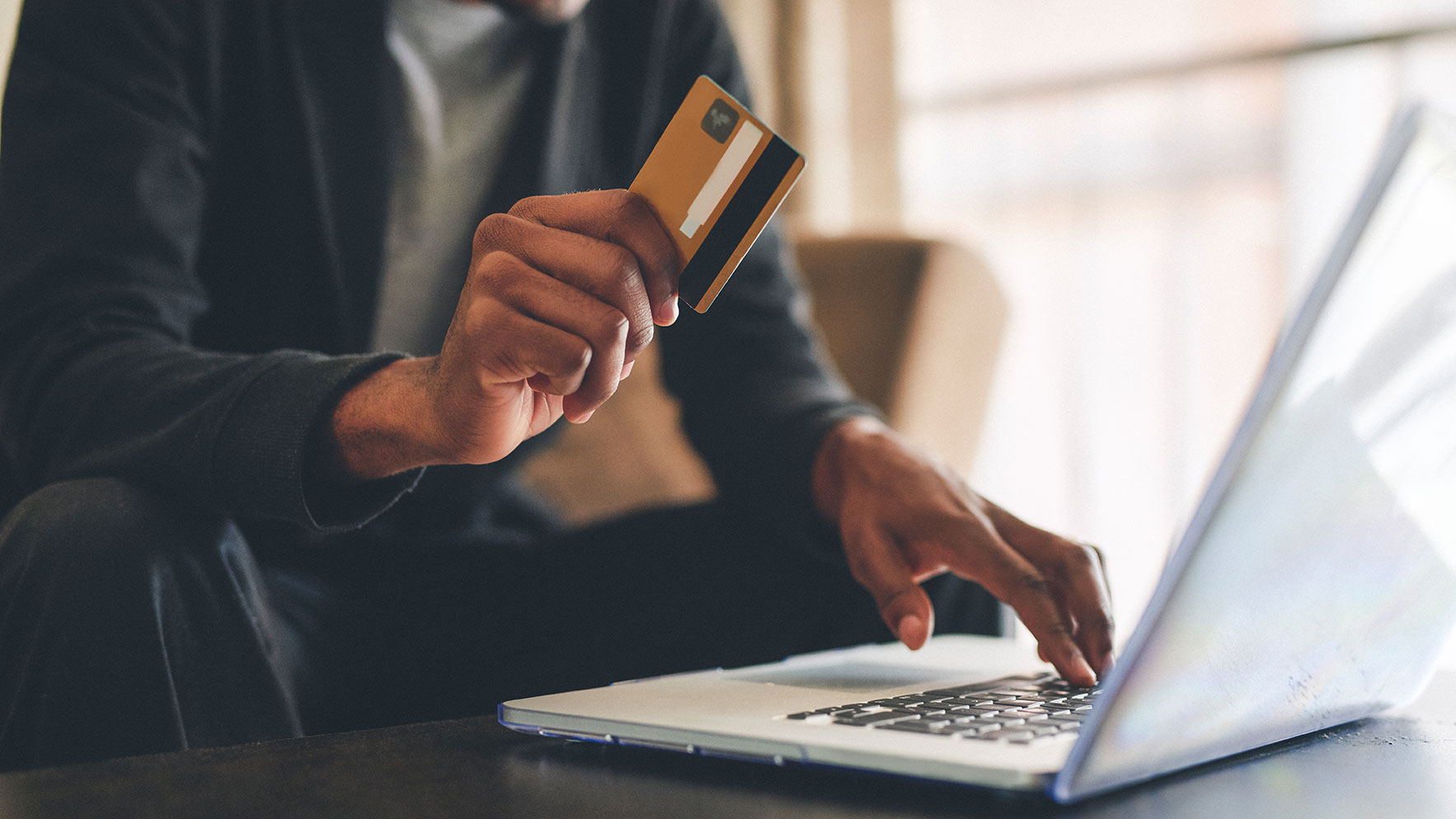
If you want to own a home of your own, you are likely saving up with the goal of having 20% of the home’s value ready to put toward a down payment. With rising home values, that figure can seem daunting. The good news is that you don’t need to put down that much. So, why does everyone think you do?
The 20% myth is left over from the era after the housing crisis, when many lenders tightened their lending parameters for a while. In fact, since FHA loans were introduced in 1934, mortgages have not required putting 20% down. Let’s explore payment options that don’t require 20% down and take a deeper look at the pros and cons of making a smaller down payment.
Down payment options
Where you get your loan matters, as different lenders offer different options, such as:
- No down payment for first-time homebuyers: Michigan Schools and Government Credit Union offers this special option for first-time buyers, which includes those who haven’t had property ownership in the last 3 years. Learn more.
- 3% down mortgage: Many lenders will require putting as little as 3% down. Some even offer reduced mortgage insurance on these loans, with no income limits or first-time buyer requirements.
- 5% down mortgage: Lots of lenders accept a 5% down payment. However, most require the buyer to have a FICO score of 680 or higher.
- 10% down mortgage: Most lenders will accept a 10% down payment, even with a less-than-ideal credit score.
Each of these loans requires income eligibility and most necessitate paying for PMI, or private mortgage insurance.
Why make a smaller down payment?
In the time it takes you to save, home prices may rise significantly. Rates may go up as well. Plus, other benefits of a smaller down payment include:
- Conserve cash: You’ll have more money available to invest and save.
- Pay off debt: Many lenders recommend paying down credit card debt before purchasing a home. This will improve your credit score and help you land a better mortgage rate.
- Build an emergency fund: As a homeowner, having a well-stocked emergency fund is crucial.
Cons of smaller down payments
- Mortgage insurance: PMI is an extra monthly expense.
- Potentially higher mortgage rates: If you’re taking out a conventional loan with a smaller down payment, you may have a higher mortgage rate.
- Less equity: A smaller down payment means having less equity in your home.
Before house-hunting, be sure you can afford to own a home. The total monthly payment includes more than just the principal payment - taxes, PMI, and insurance can add up and need to be factored into your budget. Our True Preapproval process looks at your full financial picture, including your credit report, income, and assets, so you know what you can comfortably afford.
Ready to buy your dream home? We’re here to champion you all the way home. Find a friendly mortgage consultant, call us at (866) 674-2848, or stop by one of our convenient branch offices.
Category: Finance
« Return to "Blog"





































































